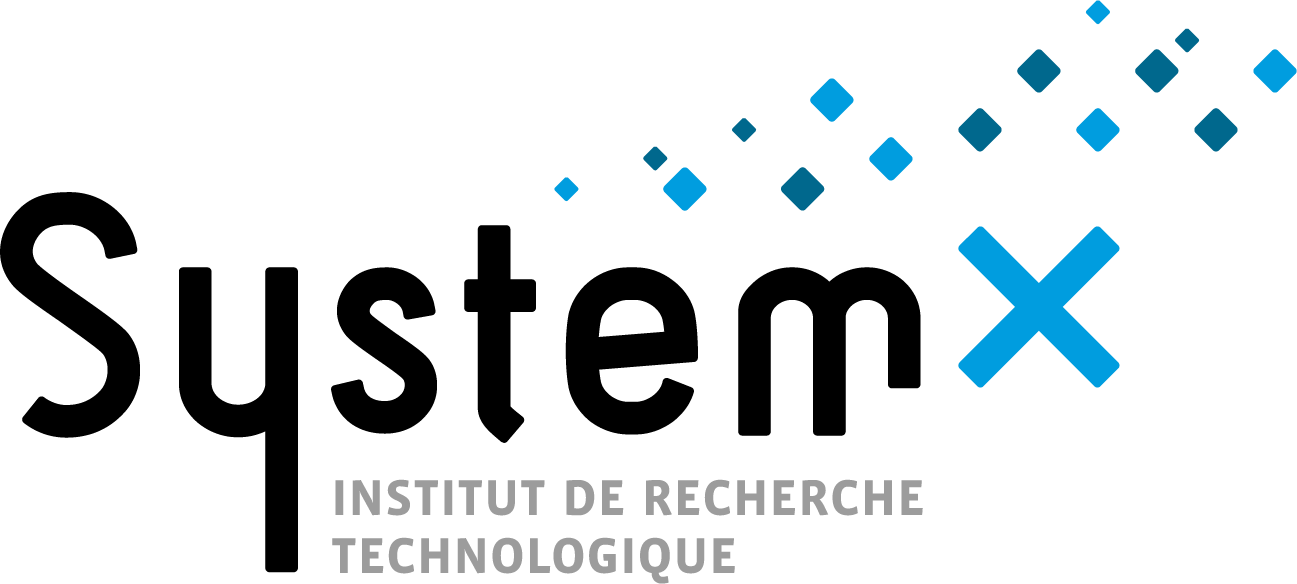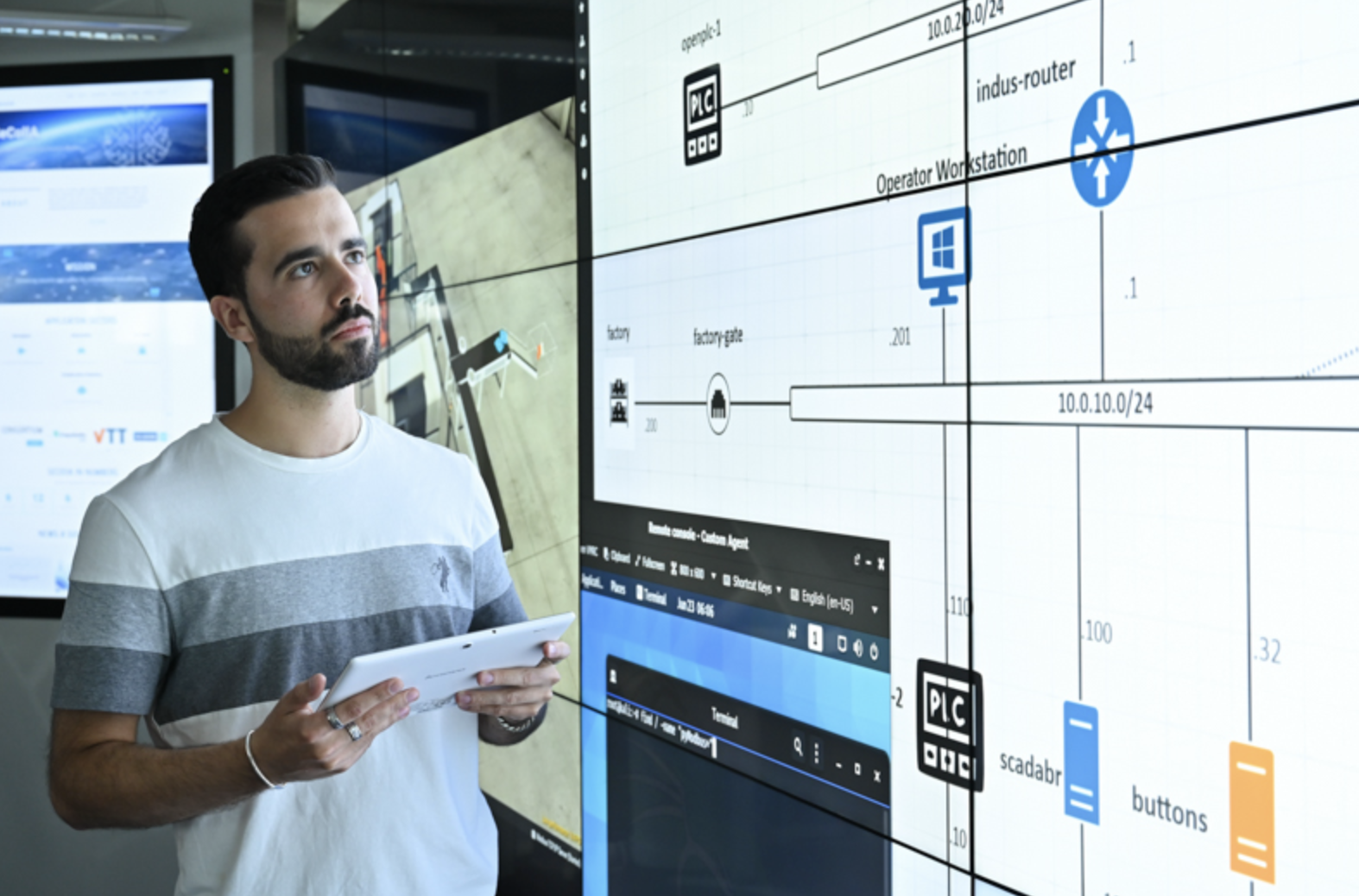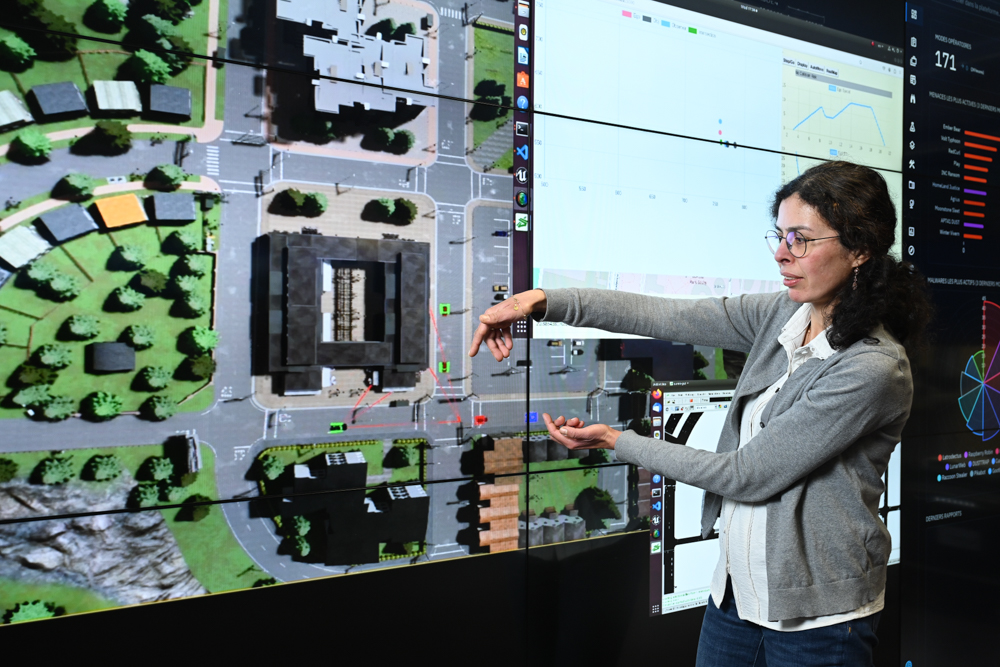IRT SystemX, in collaboration with Air Liquide, CEA, Inria, IRT Saint-Exupéry, and Thales, has developed TADkit: an open-source demonstrator designed to enhance data quality and identify biases in critical systems. It includes and enables the simultaneous use of more than ten innovative methods focused on the challenge of anomaly detection in time series data. This work was carried out as part of the Confiance.ai program led by IRT SystemX.
TADkit promises to transform the way industries analyze time series data. This demonstrator contributes to building monitoring tools for anomaly detection in industrial contexts and supports informed decision-making through artificial intelligence (AI) solutions.
This demonstrator was developed as part of the Confiance.ai R&D program to assess the quality and representativeness of data while identifying potential biases that could lead to faulty decisions in critical systems. The work conducted by IRT SystemX brings together more than ten original methods—combining deep neural network design, topological data analysis, and uncertainty quantification—focused on anomaly detection to provide insights into the operation of complex systems throughout their lifecycle.
TADkit consolidates these state-of-the-art AI methods into a single toolbox. This open-source demonstrator allows users to configure, compare, and combine advanced anomaly detection techniques to optimize their models and actively detect biases in data.
TADkit brings together more than ten innovative, operational components that have been applied to use cases from Air Liquide and Naval Group as part of the Confiance.ai program. It has notably been the subject of a publication accepted in the prestigious Journal of Machine Learning Research (JMLR). Technically, it’s a real Swiss Army knife—both user-friendly and already at a technology readiness level of 3. These features are essential for integrating cutting-edge AI solutions.
Martin Gonzales, Architect for the data science and AI team, IRT SystemX
Digital security and networks











